For more than 20 years, Art Metal in Toronto has been recognized as the top provider of custom French balcony railings and handrails across Toronto and the GTA. Specializing in the design and creation of unique railings and handrails, we enhance the safety and aesthetics of your outdoor areas. Our exceptional craftsmanship, reflected in our notable 4.9-star Google rating, encourages you to discover the superior quality of our french balconies!
Order Balcony Railings in Toronto
French Balcony Installation in Toronto and GTA
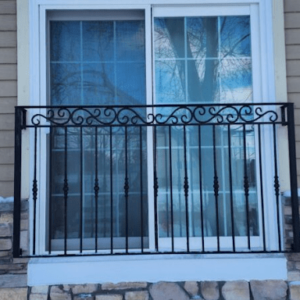
A French balcony adds a touch of elegance and charm to both the interior and exterior of any house or building. These small, yet stylish architectural features, with their carefully crafted railings, serve as a delightful accent to your space. For a secure and expertly installed French balcony with exquisite railings, trust Art Metal. As the leading French balcony railings installation company in Toronto, we provide efficient services to ensure the safe and sophisticated construction of this charming addition. Enhance your home’s aesthetic appeal with a beautifully designed French balcony by Art Metal.
What Is a French Balcony?
A French balcony, also known as a faux balcony, is a decorative architectural feature that acts as a protective barrier for long French windows or doors. Unlike traditional balconies, French balconies do not extend outward from the building and lack a floor surface. This design makes them ideal for spaces where extending the building’s footprint is not feasible or desired.
French balconies are primarily aesthetic, enhancing the building’s exterior appearance and providing a sense of openness to the interior. They allow for large windows that can be opened to let in fresh air and natural light, while the railings ensure safety. This type of balcony is a stylish solution for urban environments or any setting where space is at a premium, blending seamlessly with both contemporary and classic architectural styles.
Why Is It Called a French Balcony?
The term “French balcony” originates from its association with French architectural styles and designs. This type of balcony became popular in France during the Renaissance period and has since been closely linked with French architecture and culture.
French balconies are often featured in French-inspired buildings, particularly those with large windows or doors that open onto a Juliet balcony or a railing-enclosed space. The elegance and sophistication of French design are embodied in these balconies, hence the name “French balcony.”
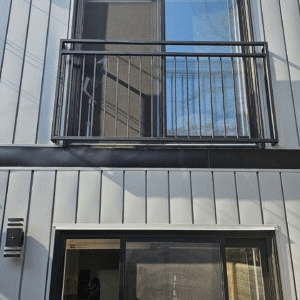
Why Choose Art Metal French Balcony Contractors?

Choose Art Metal for top-notch installation of French balcony railings in Toronto. Renowned for our superior craftsmanship, wide range of customization options, and unparalleled customer service, we stand as leaders in enhancing the safety and aesthetics of your outdoor spaces. Reach out to us to upgrade your property with our exceptional French balcony railing solutions!
- Completed over 12,000 successful projects throughout the GTA.
- Consistently ranked #1 on Homestars.com from 2010 to 2024.
- Committed to serving Toronto and the GTA with over two decades of expertise.
- Featured on numerous well-known home improvement TV shows.
- We offer a lifetime warranty and provide a complimentary estimate.
Customer Reviews From Google
What Are The Features Of A French Balcony?
Here are the main features of a French balcony:
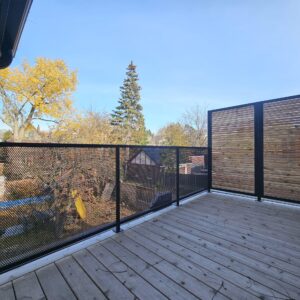
- Decorative Railing: A French balcony is typically enclosed by a pretty, often ornate, railing or fence. This adds a touch of elegance and safety to the balcony.
- Not Very Deep: French balconies don’t jut out very far from the building. They are quite shallow and are not meant for standing or sitting. Instead, they provide a little space for leaning or placing small items.
- Double Doors or Large Windows: You’ll often see French balconies associated with double doors or large windows that open inward. These doors or windows are usually designed with nice details and sometimes have glass to let in natural light and fresh air.
- Fancy Design: French balconies are known for their decorative elements. The railing or fence often has beautiful patterns, scrollwork, or other decorative touches, making them look attractive.
- Limited Space: These balconies are commonly found in crowded cities where space is at a premium. They allow people to enjoy the outdoors without needing a big balcony.
- Historical Charm: French balconies have a history and are connected to French architectural styles, especially during the Renaissance and Baroque periods. They continue to be used in many European cities for their historical charm.
Pros & Cons Of A French Balcony
Pros:
- Aesthetic Appeal: Adds elegance and charm to a building.
- Natural Light and Ventilation: Enhances indoor comfort and reduces energy use.
- Space-Saving: Ideal for urban areas with limited outdoor space.
- Safety: Prevents accidental falls from open doors/windows.
- Historical Significance: Adds cultural richness.
- Privacy: Offers some level of seclusion.
- Low Maintenance: Requires less upkeep.
Cons:
- Limited Outdoor Space: Not suitable for outdoor activities.
- Restricted Mobility: Doesn’t allow standing or walking.
- Limited Functionality: Primarily for decoration and safety.
- Cost: Installation can be expensive.
- Maintenance Challenges: Cleaning decorative elements may be difficult.
- Security Concerns: May pose security risks.
- Noise and Pollution: Exposes occupants to external noise and pollution.
French Balcony Height Regulations in Ontario
In Ontario, Canada, the building code and regulations dictate the requirements for balcony design and construction, including French balconies. While specific regulations regarding French balcony height may vary depending on the municipality and the type of building, there are general guidelines to ensure safety and compliance with building standards.
Typically, the Ontario Building Code (OBC) requires that balcony guardrails, including those for French balconies, have a minimum height to prevent falls. The OBC mandates that guardrails for balconies must be a minimum of 1.07 meters (42 inches) in height measured vertically from the finished floor surface to the top of the railing.
Why Should You Choose French Balconies?
French balcony is a very stylish and useful design feature – it provides more light to the house and allows you to open French doors for safe ventilation. French balconies are used for more than just safety reasons, they also add exquisite decorative touch to apartment.
Art Metal Workshop specializes in manufacturing and installation of bespoke French balconies.
We offer various designs of custom made French balconies at the most affordable prices in Toronto. You can also create a design of your own with the help of our creative designers. For more than 28 years we have been helping our clients choose the best solution for their interior.
Please, contact us to get more detailed information about wrought faux balconies in Toronto. Discuss all the features of your ideal French balcony and our specialists will offer a number of variants to meet your needs.
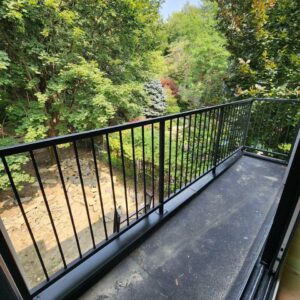
FAQs about French Balconies
What is a French balcony?
A French balcony, also known as a faux balcony, is a decorative architectural feature typically found on buildings with long French windows or doors. Unlike traditional balconies, French balconies do not protrude from the building and lack a floor surface, serving primarily as a protective barrier.
How is a French balcony different from a traditional balcony?
Unlike traditional balconies, French balconies do not extend outward from the building and do not have a floor surface. Instead, they consist of a railing or barrier attached to the facade, providing safety while maintaining the aesthetic appeal of the building.
What are the benefits of a French balcony?
French balconies enhance the exterior appearance of a building, adding a touch of elegance and charm. They allow for large windows or doors to be opened, providing natural light and ventilation to interior spaces while maintaining safety through the use of railings.
Are French balconies suitable for all buildings?
French balconies are particularly suitable for buildings where space is limited or where traditional balconies are not feasible. They are commonly found in urban environments and can complement various architectural styles, from modern to classical.
Are there any regulations for French balcony installation?
Building codes and regulations, such as those outlined in the Ontario Building Code (OBC), dictate the requirements for balcony design and construction, including French balconies. Typically, these regulations include specifications for railing height to ensure safety and compliance with building standards.
Can French balconies be customized?
Yes, French balconies can be customized to suit the aesthetic preferences and design requirements of a building. They can be fabricated from different materials, such as wrought iron, steel, or aluminum, and can be designed in various styles to complement the overall architecture.
How do I maintain a French balcony?
Regular inspection and maintenance are essential to ensure the longevity and safety of a French balcony. This may include checking for any signs of corrosion, repainting or refinishing the railing as needed, and ensuring that all fasteners are secure.
Can I install a French balcony myself?
While some homeowners may attempt to install a French balcony themselves, it is generally recommended to hire a professional contractor with experience in balcony installation. This ensures compliance with building codes and standards and helps to ensure the safety and integrity of the installation.




















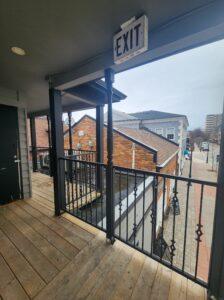

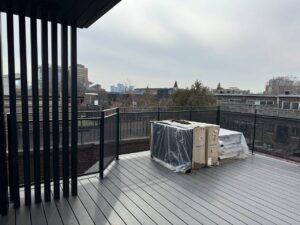
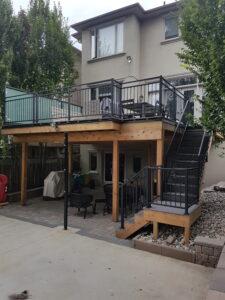
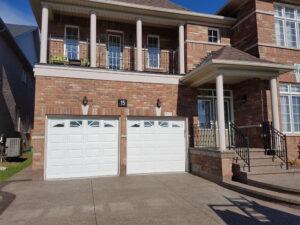






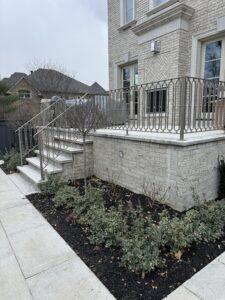

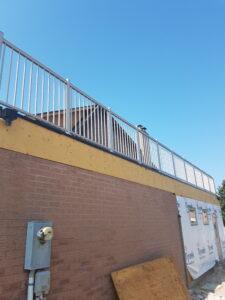







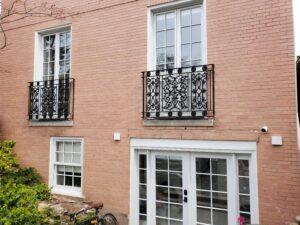
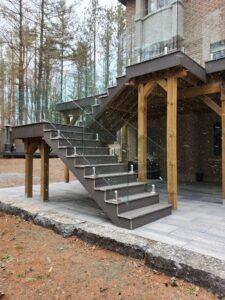



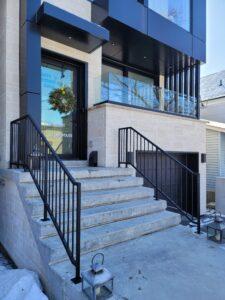
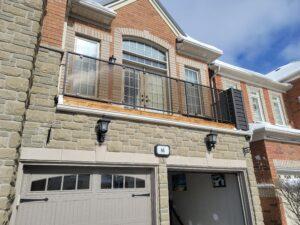
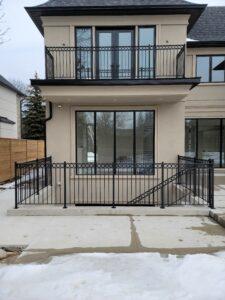
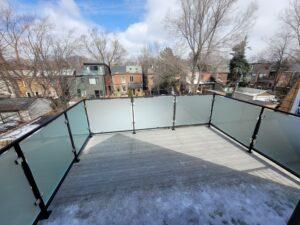
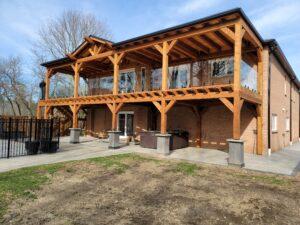

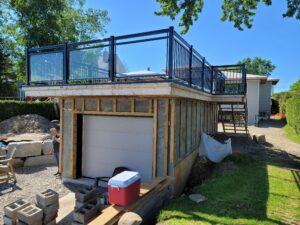


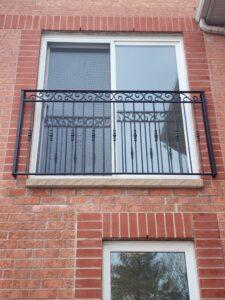




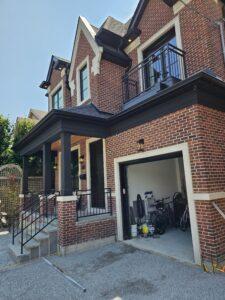




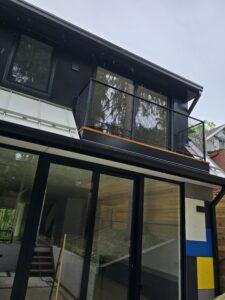
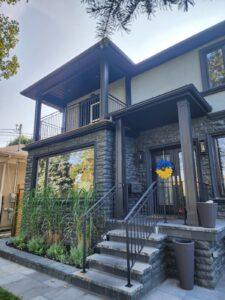
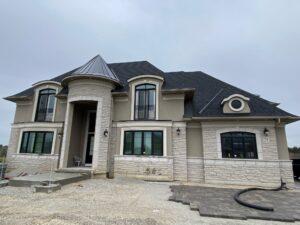

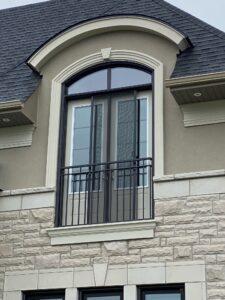



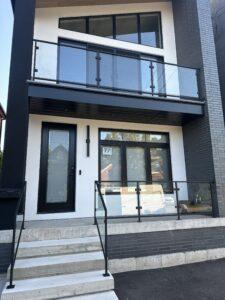









 Chat
Chat 








